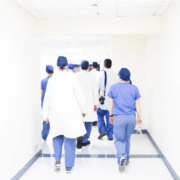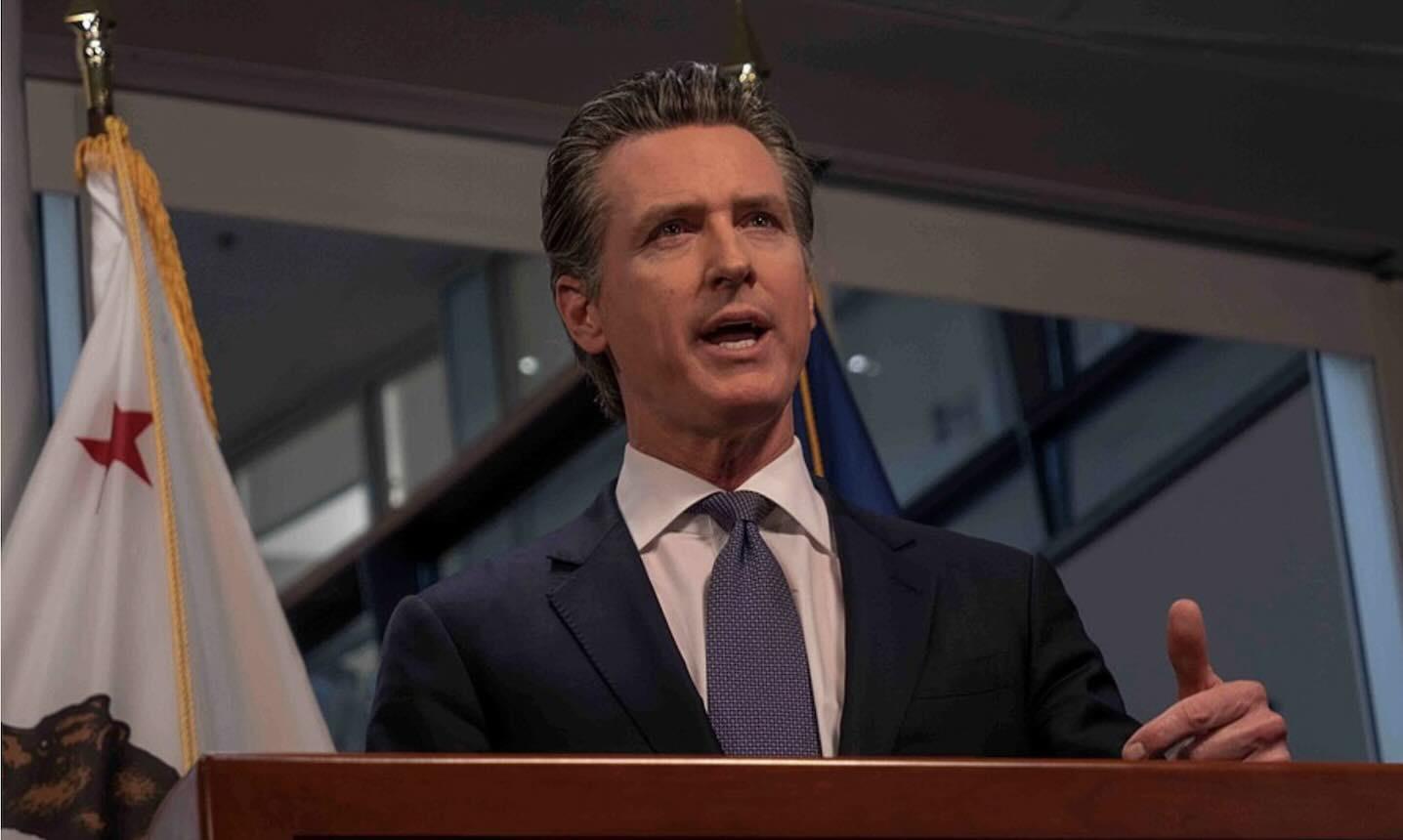California Governor Gavin Newsom announced on Monday, March 31 a new program to increase the number of medical workers to address the quickly growing coronavirus outbreak.
Through an executive order, Newsom called upon those in the broad medical community, including retired professionals, to join the statewide fight against the COVID-19 virus by joining the staff of the additional COVID-19 health care sites.
“California’s health care workers are the heroes of this moment, serving on the front lines in the fight against this disease. To treat the number of patients with COVID-19, our state needs more workers in the health care field to join the fight,” Newsom said in a statement released on Monday, which also happened to be National Doctors Day.
According to Newsom, this urgent call is directed toward the 37,000 retired and part-time health care professionals.
In addition to physicians (including medical residents) and nurses (RN, LVN, CNA and nursing students), the state is also looking for pharmacists, dentists, nurse practitioners, physician assistants, behavioral and psychiatric professionals, respiratory therapists, paramedics, medical assistants, and emergency medical technicians.
According to the website, those who sign up will be compensated with a salary and malpractice insurance and that locations will vary. Additionally, the executive order indicated that the state can temporarily waive some certification or licensing requirements to ensure ample turnout during the state emergency, California Labor Secretary Julie A. Su said in a statement. (To join the Health Corps or to look at a list of requirements, check out their website here.)
“Outreach to unemployed health care workers and under-employed foreign medical graduates will help build the workforce needed to fight the pandemic — and also create new opportunities and jobs for Californians struggling with unemployment,” Su wrote.
Though the medical community like the California Medical Association praised the executive order, many are unsure of its actual impact on staffing issues during the pandemic.
Joanne Spetz, associate director of research at the Healthforce Center at UCSF, told CalMatters that the executive order itself left a lot of questions unanswered.
“It’s opaque,” she said. “Most of us who have been watching this expected there to be more clarity today about what is going to be allowed. Until the agencies provide the specificity for the workforce it’s unclear what is going to be permitted. Workers are going to need that guidance from a practical standpoint.”
Experts are hoping that more details will be released but given the urgency of the situation, those in medical academia like Spetz and Scott Casanover, vice president of governmental affairs for the private nursing school West Coast University, expressed skepticism over the logistics of the order.
In order to graduate, nursing students are required to complete a set number of hours of hands-on clinical work with patients, but when the pandemic began and widespread isolation measures were issued, those hours were cut short.
“I’m glad that the governor turned his attention to the issue but he really didn’t make any decision in today’s order,” said Casanover. “He repeatedly says that every second counts, every minute counts, but here we have the governor kicking the can down the road to the state agencies.”
Across the country, doctors, nurses, EMTs and other hospital and medical staff have been overworked and struggling with dwindling supplies and overexposure to COVID-19.
So far, California has more than 6,000 known cases of the virus, but the number of actual cases is accepted to be higher due to the lack of testing available throughout the state and country. Moreover, about 1,432 people have been hospitalized, a steep increase from 746 on Thursday, March 27.
As the state tries to import more ventilators and other medical supplies needed to treat coronavirus patients, Newsom doubled down on the stay-at-home orders to stop the spread of the virus.
“We’re in the middle of this,” Newsom said on Monday. “We believe very strongly that the stay at home order has helped advance our efforts are reducing the stress on the system.”






